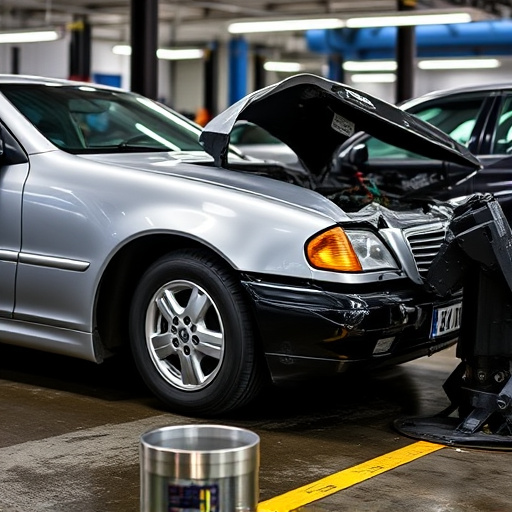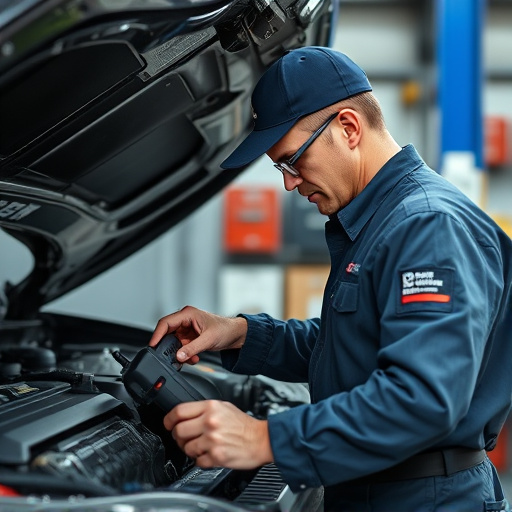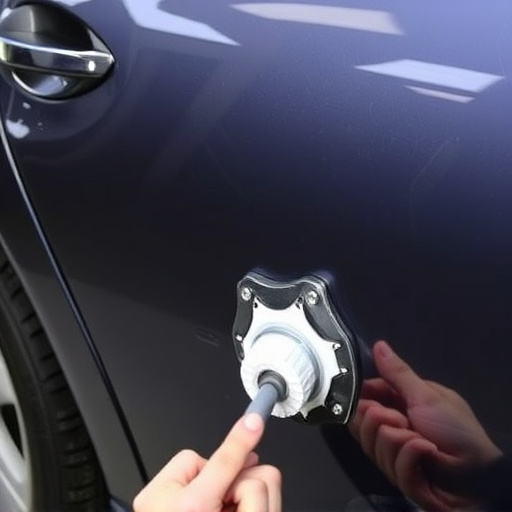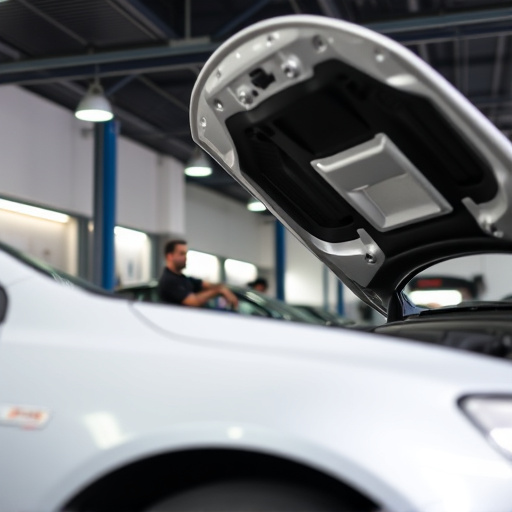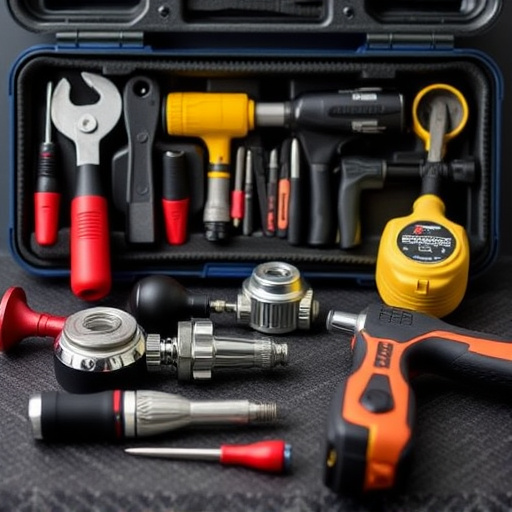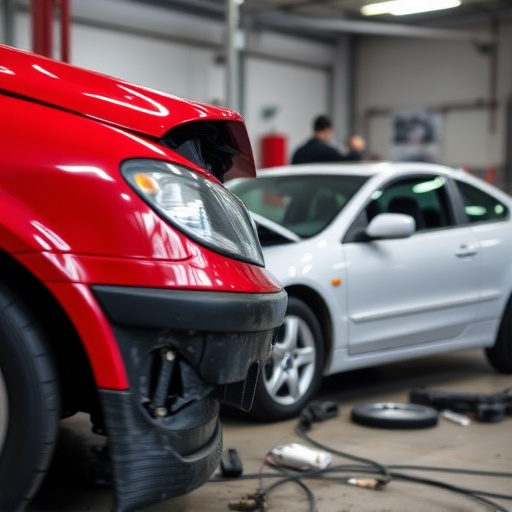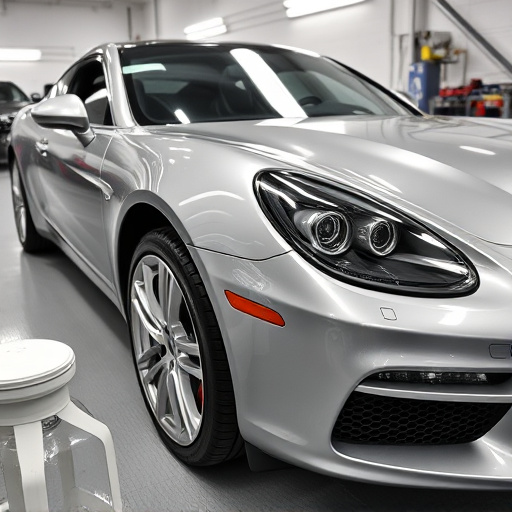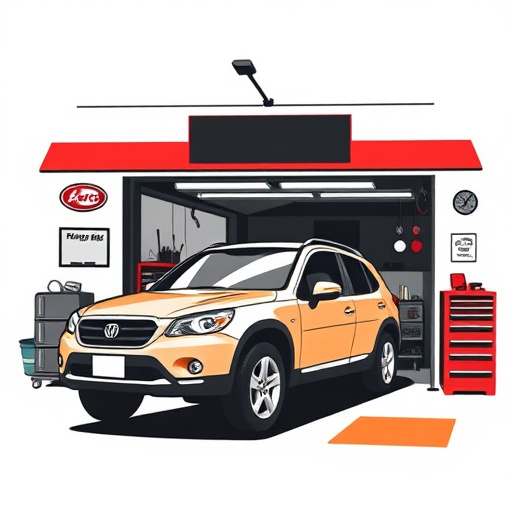Following a car accident, a thorough suspension repair process by trained technicians is vital for safety and vehicle performance. They inspect components like springs, struts, and control arms using advanced tools, identifying damaged parts that need replacement or a complete overhaul. This meticulous approach saves time and money while ensuring proper wheel alignment, optimized tire wear, and enhanced driver safety, especially when combined with auto glass replacement services. The final step involves comprehensive testing to guarantee the suspension's functionality and safety before returning the vehicle to the road.
After a car accident, proper suspension repair is crucial for safety and vehicle performance. This article guides you through what to expect during the post-accident suspension repairs process. From initial assessment of your vehicle’s suspension system to thorough inspection and eventual reconstruction, we’ll break down each step. Additionally, we’ll shed light on the recovery and testing phase, ensuring you’re informed about the timeline and outcomes. Understanding these key aspects will help alleviate concerns and ensure your vehicle returns to optimal condition following a collision.
- Understanding Post-Accident Suspension System Assessment
- The Repair Process: From Inspection to Reconstruction
- What to Expect During the Recovery and Testing Phase
Understanding Post-Accident Suspension System Assessment
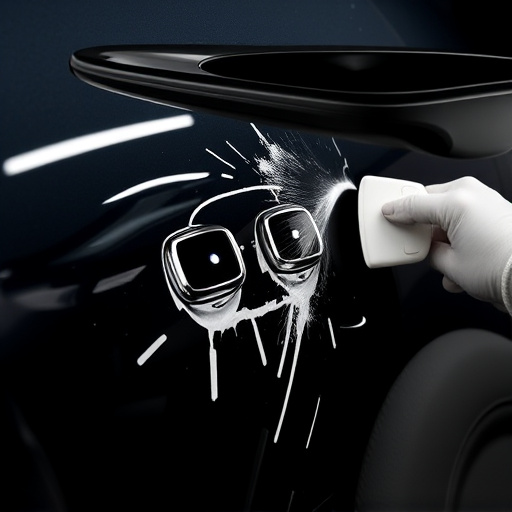
After a car accident, the suspension system undergoes rigorous assessment to determine the extent of damage. This involves a detailed inspection of all components, including springs, shock absorbers, struts, and control arms. The goal is to identify any broken or compromised parts that require suspension repair after an accident. Trained technicians use specialized tools and diagnostic equipment to accurately evaluate the system’s functionality and structural integrity.
A comprehensive assessment ensures that only necessary repairs are conducted, which can range from replacing a single component like a spring to overhauling the entire suspension. This meticulous process is crucial for restoring the vehicle’s safety and handling capabilities. Moreover, it plays a significant role in aligning the wheels and ensuring optimal tire wear, contributing to both driver safety and the longevity of the vehicle, especially when combined with auto glass replacement and other collision center services during car restoration.
The Repair Process: From Inspection to Reconstruction
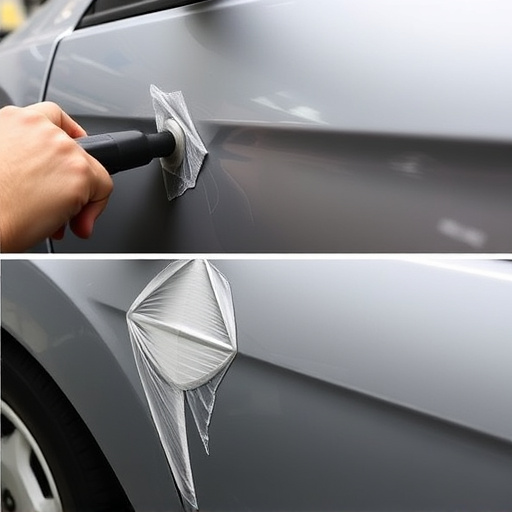
After an accident, the first step in suspension repair after an accident is a thorough inspection. Skilled technicians will meticulously assess the damage to the suspension system, which includes springs, struts, control arms, and other critical components. Using advanced diagnostic tools, they identify any worn or damaged parts that require replacement. This meticulous process ensures that only necessary repairs are performed, saving you time and money.
Once the inspection is complete, the repair team will begin reconstruction. This involves replacing faulty parts with high-quality, compatible spares carefully selected to match your vehicle’s specifications. For luxury vehicles, specializing body shop services ensure precise restoration without compromising the original aesthetic. The process culminates in a rigorous quality check to verify that all suspension components are securely fastened and functioning optimally. Whether dealing with minor fender benders or severe collisions, proper suspension repair after an accident is crucial for maintaining vehicle handling and safety.
What to Expect During the Recovery and Testing Phase
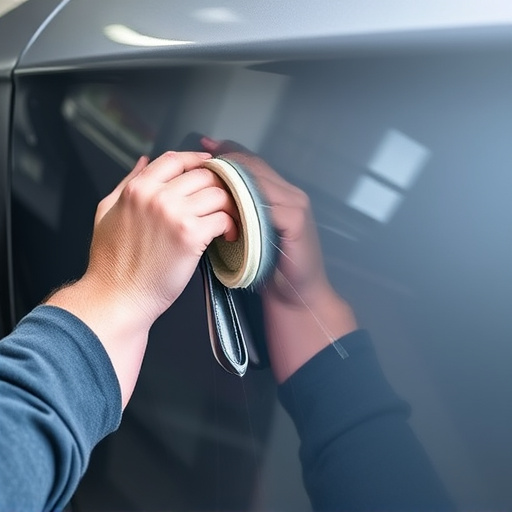
During the recovery and testing phase after a suspension repair due to an accident, you can expect a meticulous process aimed at restoring your vehicle’s safety and handling. Skilled technicians will thoroughly inspect the damaged components, comparing them to original specifications and industry standards. This involves visual examinations, diagnostic scans, and sometimes specialized equipment to gauge the extent of the damage and ensure each part meets replacement criteria.
Once the assessment is complete, the auto repair shop will begin the suspension repair, which could involve replacing shock absorbers, springs, control arms, or other critical parts. For luxury vehicle brands like Mercedes Benz repair, this phase demands even greater precision to maintain the original handling dynamics and comfort levels. After the physical repairs are made, comprehensive testing is conducted to verify the suspension’s functionality and safety, ensuring your vehicle can return to the road seamlessly and securely.
After an accident, navigating suspension repairs is crucial for safe vehicle return. Understanding the assessment process, from initial inspection to system reconstruction, is key. The recovery phase involves meticulous testing to ensure optimal performance and safety. By knowing what to expect during each step—from detailed analysis to rigorous trials—owners can anticipate a thorough restoration, enhancing peace of mind on the road. Efficient suspension repair after an accident ensures your vehicle regains its stability and reliability, providing a smooth driving experience once again.
